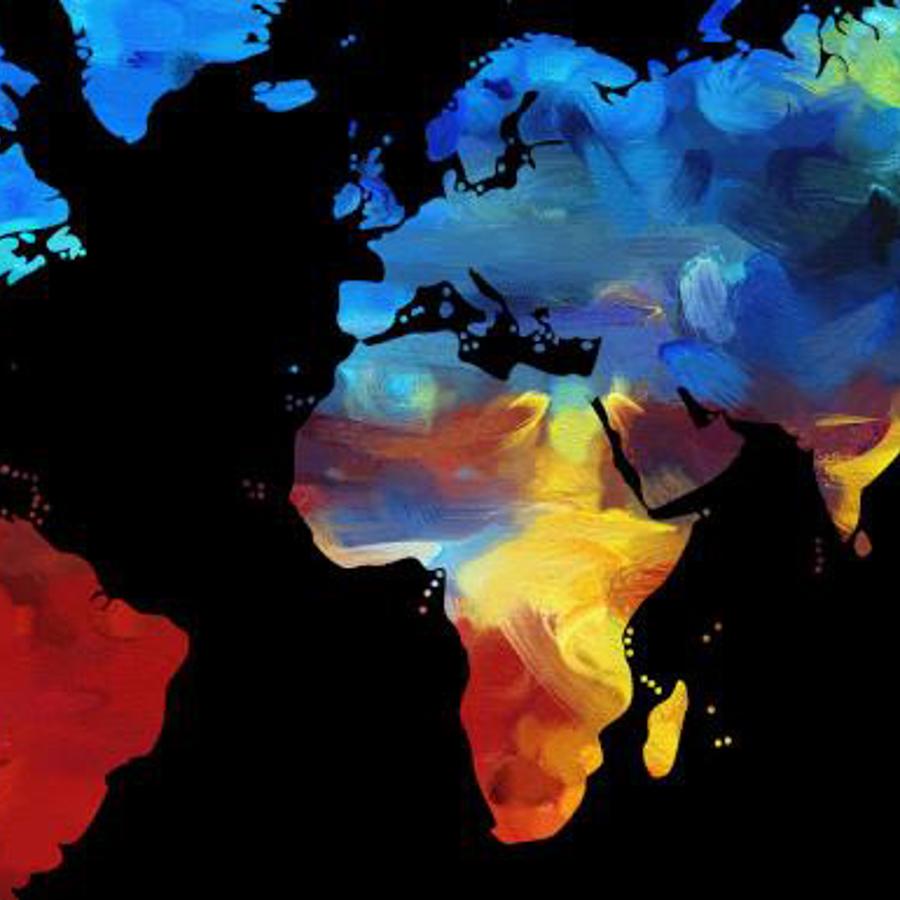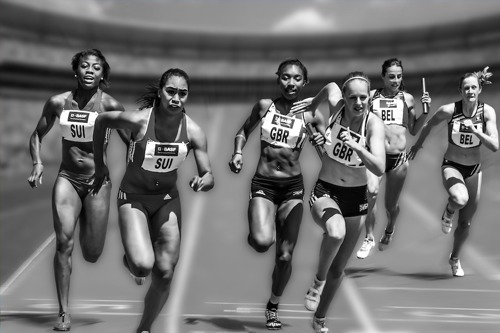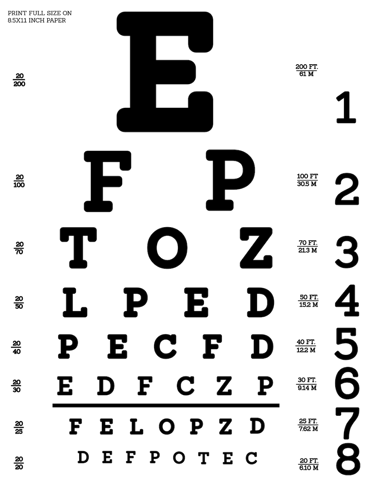
What percent of DNA is different between a European and an Asian?
November 24, 2008

- Related Topics:
- Population genetics,
- Ancestry,
- Editor's choice
An elementary school student from California asks:
"What percent of DNA is different between a European and an Asian?"
Editor’s Note (6/9/21): This article was lightly edited for clarity.
There isn't much genetic difference between Asians and European. In fact, at the DNA level, two Asians can be more different than an Asian and a European person.
But how can this be when the two groups look so different? It's because those differences are only skin deep. And they don't need much DNA to happen.
Most of our DNA has nothing to do with how we look. It's used to make our hearts, livers, spleens, and other organs. It tells us how tall we will be or tells our body to grow two arms, two legs, and hair on the top of our heads. It makes sure that our eyes are at the top of our faces, our noses are in the middle and our mouths are on the bottom.
All these things can be somewhat different between people. And many of these differences come from having slightly different DNA.
For example, my DNA might make my nose a different shape from yours. Or your DNA might tell you to grow taller than me.
But most of these characteristics have nothing to do with whether or not someone is Asian or European. They have more to do with differences found between any two people. What this means is that most DNA differences are not specific to any ancestry group.
There's only a small part of DNA that's involved in specific differences between Asians and Europeans. Things like eye shape and color, skin color and hair texture take only the tiniest fraction of our DNA.
This is swamped out by the differences within individuals. We are all more similar than we are different. And a tall Asian might actually be more similar genetically to a tall European person then they are to a short Asian person.
The Differences are only Skin Deep
Let’s consider one trait that may be different between Asian and European peoples: skin color.
There are a few main genes that determine the general color of a person’s skin. These are the genes that explain why, for example, more people of African descent are darker than Europeans. Or why most Asians are lighter than native Australians.
Of course, the reality isn’t quite so clear cut. It turns out there are lots of genes that affect skin color. And there’s a lot of variety even in people with similar ancestry.
Not all Europeans are equally pale nor all Africans equally dark. Similarly, you can see a wide range of skin colors across Asia. That means a European person could have darker skin than someone from Asia or vice versa. Either one is possible.
It turns out that many of the differences in skin color genes aren’t specific to ancestry at all! A light skinned Asian may share certain skin-color-related genes with a light skinned European. Meaning that for skin color, the lighter Asian may have more in common genetically with the lighter European than with a darker Asian.

But skin color isn't all there is to skin. There are a ton of other genes that tell your skin cells to look the way they do or make it possible for skin cells to do their jobs. Almost none of these are specific to any ancestry.
Everyone's skin cells need to cover their body; they form a protective barrier against diseases and other bad things. This means there are many genes that tell your skin cells to have strong connecting bonds with each other so nothing can sneak in between.
Other genes tell the skin cells where to grow -- we wouldn't want skin cells growing in our brains or our hearts, they have to be on the outside of our body! And look at the skin on your arms and compare it with the skin on your face or the skin on the bottom of your feet -- genes are needed to tell your skin to be softer on your face and tougher on your feet.
If you took a random bunch of people and shook their hands, you would notice that everyone's palms are different. Some people have softer skin, some have calluses and hard skins, some have wet sweaty palms, and some have super dry skin. These are another set of genetic traits of skin that aren't dependent on one's ancestry.
So most of our skin differences aren't between ancestry groups. A dry-skinned darker Asian has a lot more in common with a dry-skinned darker European than with a sweaty, pale Asian.
Your Eyes May Deceive You
This same argument could be made for eye differences between Asians and Europeans. Eye color and shape can definitely be different between these two groups. But again, very few genes are involved.
And no matter what an eye looks like, it has to be able to see. The eyes also need to be placed on the right place on our heads; they need to be protected by eyelashes and eyebrows, etc. Everyone shares all of these genes and most differences aren't based on what ancestry group you come from.
For example, around three genes code for eye color. But there are at least six genes (and probably more) that code for whether your eyes are near-sighted. So, a brown-eyed near-sighted Asian person might have more genes in common with a blue-eyed near-sighted European than with a brown-eyed Asian with normal vision.

And these sorts of things can keep building as we consider more and more of our bodies. Putting hair on top of our heads and patterns of balding involve more genes than does hair texture or color. Foot size has nothing to do with ancestry. And so on.
So a tall, big footed, pale, near sighted, balding European may have much more in common with a tall, big footed, pale, near sighted, balding Asian than with a short, small footed, dark, European with 20/20 vision and a full head of hair. All of this boils down to the fact that the differences between ancestry groups are much less than the differences between people in general.
Now having said this, there are of course differences. They are just not that significant genetically speaking.
The Major Differences are Within and not Between Populations
So what is the average amount of difference between people of different ancestry groups, such as Asian and European? Scientists have found that 85% of all human genetic variation exists within human populations while only 15% exists between all the different ancestry groups.1
And most of these differences aren't what you'd think they'd be. A few are the obvious traits we've talked about -- hair and eye color, eye shape, hair texture, etc. And a few we haven't talked about like lactose intolerance.
But most are in parts of our DNA that don't seem to be very important. This is because any DNA changes in these areas don't matter very much. And so they are free to build up over time.
It is these differences that scientists use to trace someone's ancestry. Or to help identify a criminal's ancestry when investigating a crime.
But these differences are minor compared to the wide range of differences we all share among different ancestries. Genetics has shown that we really are all more alike than we are different.

Author: Shuai Chen
When this answer was published in 2009, Shuai was a Ph.D. candidate in the Department of Cancer Biology, studying protein methylation and its effects in Or Gozani's laboratory. Shuai wrote this answer while participating in the Stanford at The Tech program.
 Skip Navigation
Skip Navigation
